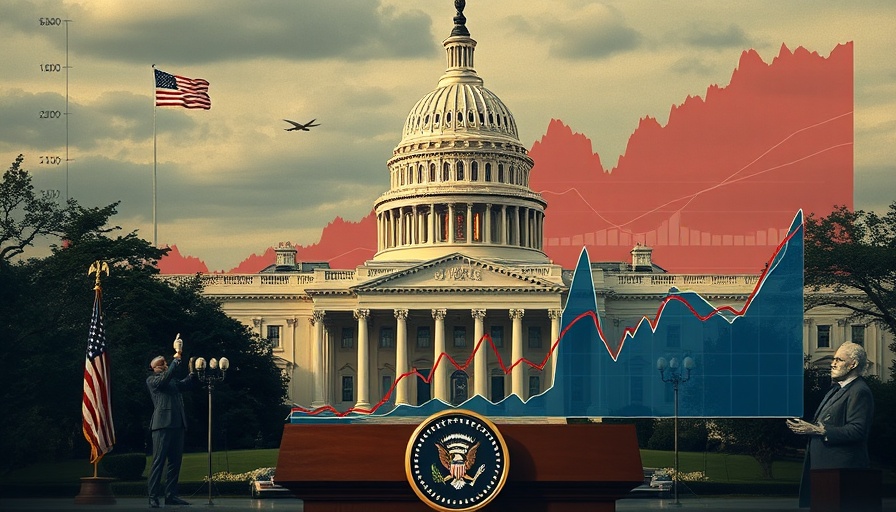
The Unexpected Slide: How Trump’s Tariffs Impacted the S&P 500
The S&P 500 index, a benchmark for the U.S. stock market, has seen a significant downturn recently, giving up gains made following the presidential election. This decline is largely attributed to ongoing tariff discussions initiated by former President Donald Trump affecting imports from key partners such as Mexico and China. This political move comes on the heels of a post-election rally that initially surged the index nearly 6.3%, generating excitement in Wall Street as investors believed that a Trump presidency would lead to robust economic growth.
Understanding Tariff Implications for American Business
Tariffs have an immediate and profound impact on the stock market and the broader economy. Analysts from Goldman Sachs forecast that the implementation of proposed tariffs could reduce S&P 500 earnings per share by 2-3%. Such economic pressures are troubling, particularly for import and export companies that may face increased costs on goods and devastated profit margins. The financial implications extend beyond the immediate financials — heightened tariffs often breed uncertainty that can stifle market enthusiasm and investment.
The Ripple Effect: A Spilling Over of Economic Consequences
As the S&P 500 adjusts to these new economic realities, the consequences may resonate across various sectors. Targeted industries such as manufacturing and agriculture might bear the brunt of these tariffs. For instance, American farmers selling to Canada and Mexico might face retaliatory tariffs, adversely affecting U.S. exports. The resultant cost pressures could lead to higher consumer prices and, consequently, inflation. Companies may choose to pass on costs to their consumers or attempt to absorb them, each route carrying its own risks of fluctuating sales volumes.
The Broader Economic Forecast Amidst Tariff Complexity
The uncertainty associated with tariffs is not merely a Wall Street problem; it poses questions for everyday Americans and their jobs. There are fears that tariffs coupled with rising inflation could raise interest rates. In such an environment, capital becomes more expensive, ultimately stifling growth for small and medium-sized enterprises. Import export companies may need to adapt their strategies, considering how to mitigate potential financial strain caused by fluctuating tariff policies.
Conclusion: Preparing for Uncertain Financial Waters
The recent downturn of the S&P 500 sheds light on the complexities of navigating the financial landscape shaped by tariffs. For import and export companies, an understanding of market dynamics influenced by political action can aid in preparedness against economic uncertainties. To learn more about how your business can react to these changing financial predicaments, join industry webinars or consult with financial advisors.
Ultimately, while these developments present challenges, they also offer opportunities for innovative strategies in the trade and business sectors. Being proactive and informed is essential to thrive amidst such volatility.
 Add Row
Add Row  Add
Add 




 Add Row
Add Row  Add
Add 

Write A Comment